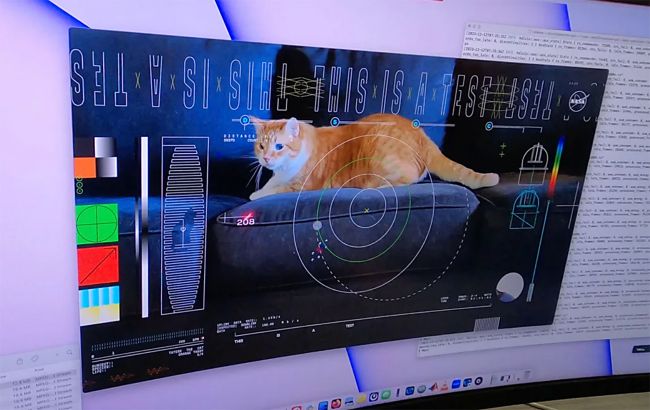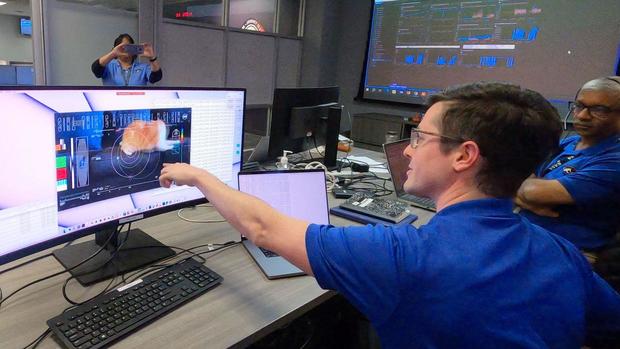NASA sends first-ever cat video from deep space using laser technology
 Photo: NASA uses laser to send video of a cat named Taters over 19 million miles (GettyImages)
Photo: NASA uses laser to send video of a cat named Taters over 19 million miles (GettyImages)
NASA successfully transmitted a high-definition video of a cat named Taters from the Psyche spacecraft, nearly 19 million miles away from Earth, showcasing the potential of deep space optical communications, according to CBS News.
This historic transmission involved sending a 15-second video of Taters, an orange tabby owned by a Jet Propulsion Laboratory (JPL) employee, back to Earth as part of an experiment for NASA's Deep Space Optical Communications.

Taters the Cat (Photo: CBS News)
The video, originally uploaded to the $1.2 billion Psyche asteroid probe before its October launch, was transmitted on December 11 using a flight laser transceiver. This technology beamed the video as an encoded near-infrared laser to the Hale Telescope at Caltech's Palomar Observatory.
The transmission, covering a distance about 80 times that between Earth and the moon, took only 101 seconds, faster than most broadband internet connections.
Metallic asteroid
The Psyche space mission, launched by NASA on October 13, 2023, aims to explore the metallic asteroid 16 Psyche, which is believed to be the exposed core of an early planet.
Set to begin orbiting the asteroid in 2029, the mission seeks to study the origin of planetary cores. Managed by NASA's Jet Propulsion Laboratory, the Psyche spacecraft uses solar-powered Hall-effect thrusters for propulsion and is also the first mission to use laser optical communications beyond the Earth-Moon system.
The target asteroid, 16 Psyche, is the heaviest known M-type asteroid and could provide insights into planetary formation and differentiation processes.
Communication advancement
This occasion is rooted in NASA's continuous endeavors to improve communication capabilities for space exploration. The transmission of Taters' video demonstrates the potential for streaming high-bandwidth data from deep space, an essential capability for future human missions beyond Earth's orbit.
This technological advancement marks a significant step in improving communication for interplanetary missions, aligning with NASA's broader objectives in space exploration and research.

